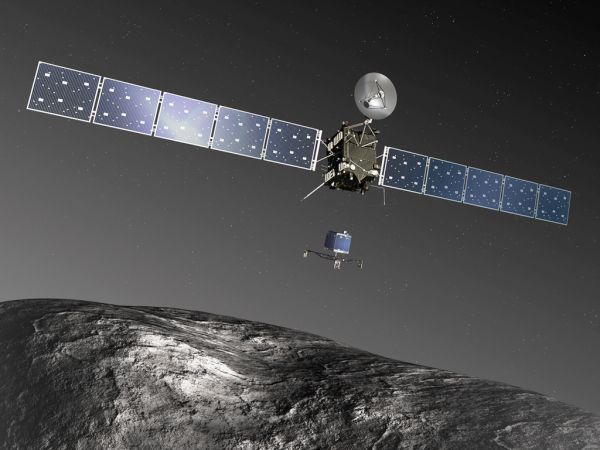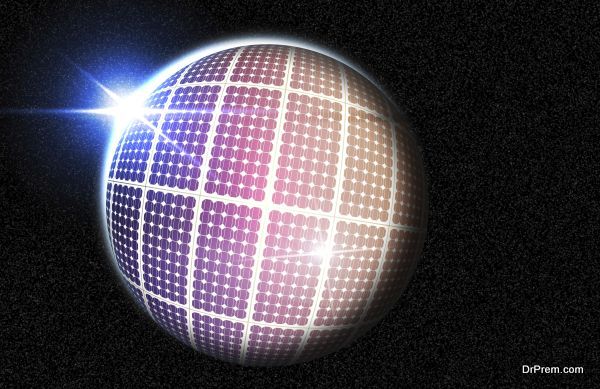Solar power is being claimed to be more powerful and beneficial than the potentially risky nuclear power. It has now been proved that solar power can be used on earth as well as in exploring the space. Last year the solar powered spacecraft Rosetta was sent to meet a comet located some 375 million miles away from the sun. The partial success of Rosetta has opened the doors of new opportunity for the space researchers.
Rosetta’s journey

Image Source : LiveCometData
Powered fully by solar energy, Rosetta met up with the comet named 67P/Churyumov-Gerasimenko on 6th August, 2014. It was launched on 2004 to cover the distance on time. The mission of Rosetta included sending down a lander to the comet, which will drill into it and perform important scientific tests. It has successfully performed the task and Philae, the lander, touched the comet’s ground on November 12, 2014.
The dangers of relying on nuclear power

The US and Russia both have been emphasizing the importance of nuclear power for exploring the space for the last few decades. Reliance on nuclear energy has previously led to some serious accidents. In 1964, a US satellite powered by SNAP-9A plutonium-238 radioisotope thermal generator had fallen back on earth and spread plutonium all over the world’s environment.
In another accident that occurred in 1978, the Soviet Cosmos Satellite 954 disintegrated and spread nuclear debris in northwest part of Canada. Plutonium and nuclear debris cause severe diseases like lung cancer. Russia had to eventually pay Canada compensation for polluting its environment.
Evolving solar technology corners nuclear power

The Rosetta, powered by solar energy has proved that nuclear energy is not the only option. Solar energy is undoubtedly superior to nuclear energy in terms of eco-friendliness and safety. The satellites and International Space Station are already being powered by solar energy alone.
Solar panels of Rosette were made using a new technology. The low intensity and low temperature cells has helped Rosetta cover the huge distance using solar energy alone.
It is capable of generating solar energy even 800 million kilometers away from sun where the density of sunlight is not more than 4% of what earth gets. Exploring the faraway comet may give the scientists new clue about how life was born on planet earth and other mysteries. Following the initiative launched by ESA, NASA too has launched Juno Mission with the help of solar power in 2011. The Juno Space Probe will arrive at Jupiter on 2016.
New solar technology can help immensely in safely exploring the space and faraway celestial bodies. It may open doors to new opportunities in space research. Solar power is much safer and eco-friendlier than nuclear power, which is unstable and prone to cause accidents.




